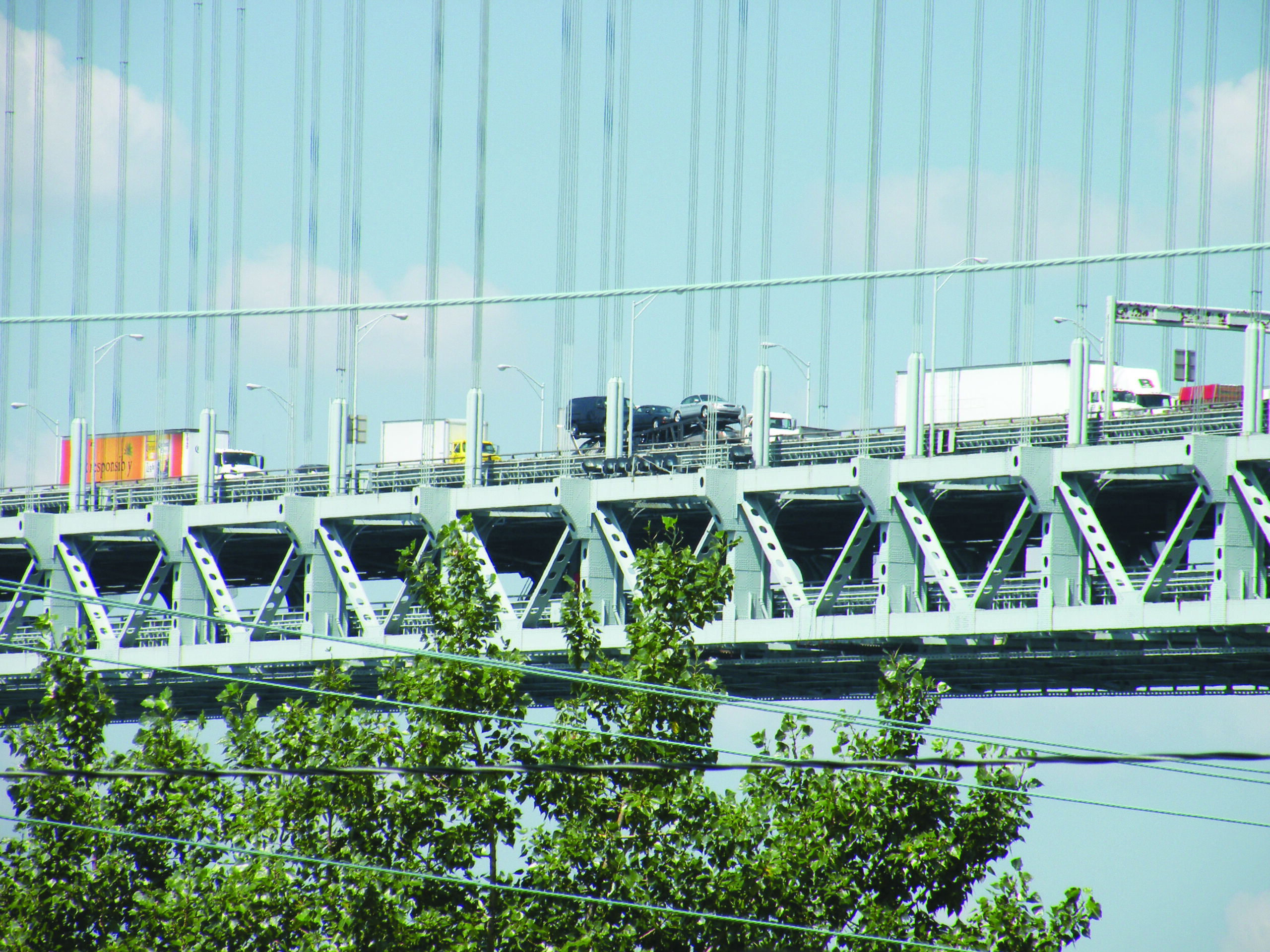Ridgeites fear congestion from re-visted Cross Harbor freight plan

In an effort to reduce truck traffic in the northeast, the Port Authority and the Federal Highway Commission are resuscitating the Cross Harbor Freight Program, an age-old project that got new life about a decade ago before being shelved by the Bloomberg administration, but some locals fear it could bring even more big-wheelers to one of the Ridge’s already overcrowded trucking corridors.
“We saw a map of National Highway Congestion, which confirmed that everyone wants to get to Brooklyn – or at least the northeast,” Jayne Capetanakis, chair of Community Board 10’s traffic and transportation committee, told board members at a January 28 meeting. “This northeast corridor for truck traffic is already congested and this impacts freight movement, increasing the costs and environmental impact on the movement of goods, while also impacting safety of roadways and infrastructure.
“It’s only expected that the amount of freight which needs to be moved into this area will be growing,” she went on.